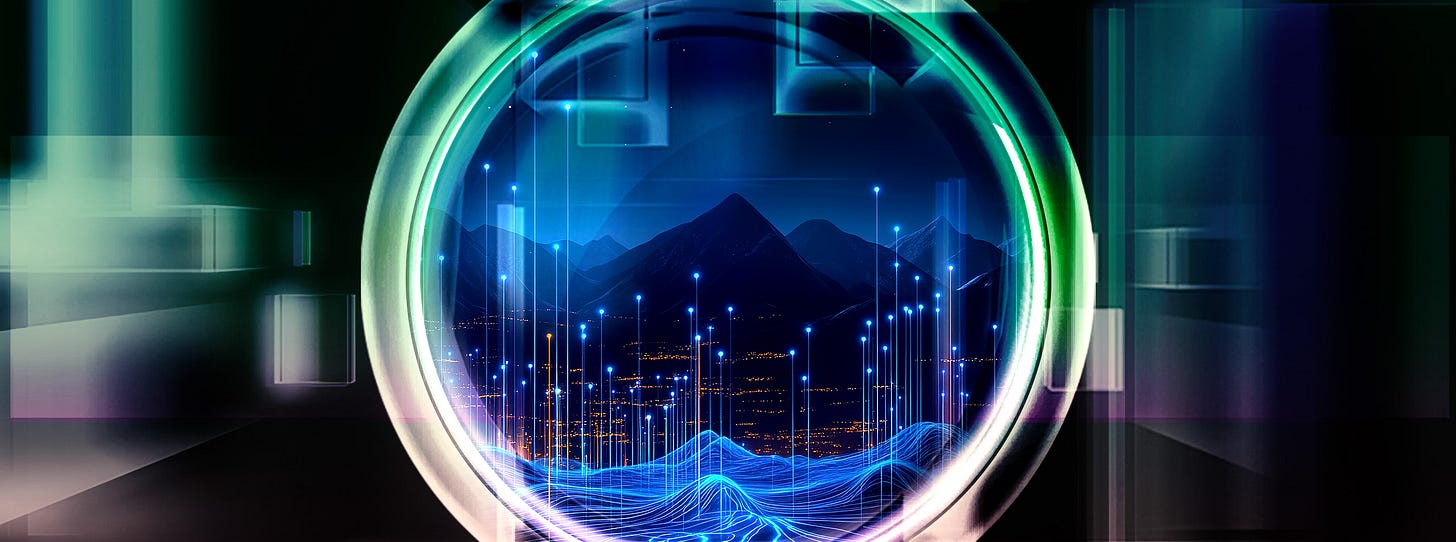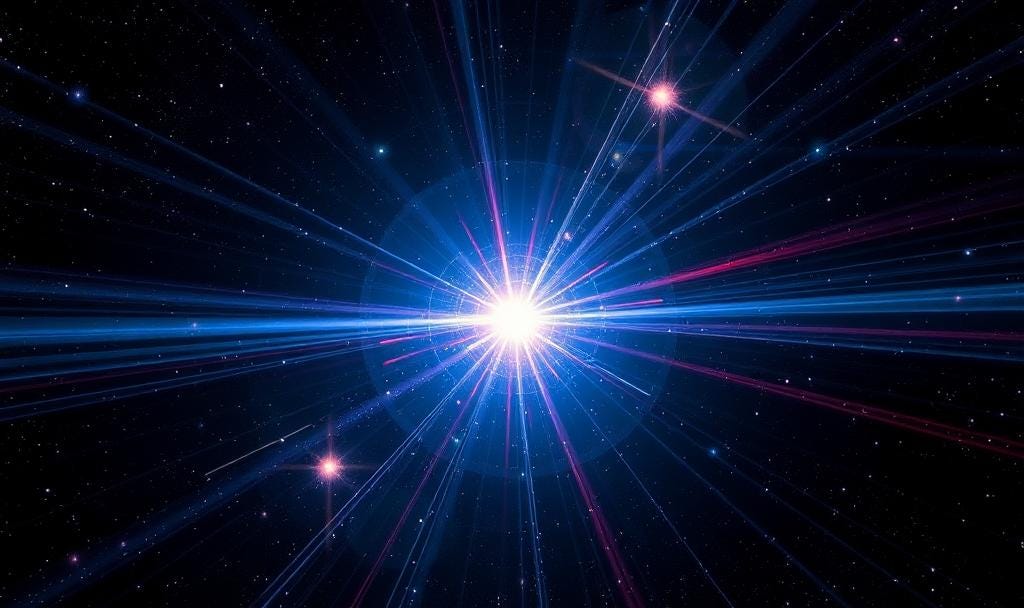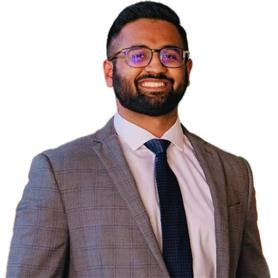Signals Beyond the Noise: AI and the Future of Cosmic Discovery
In the silence of the stars, AI is becoming our newest method to listen for an answer
The flashlight to the sky: My personal experience
When I was a child, I would stand on the balcony at night, flashlight in hand, and send a beam into the darkness above. Part of me believed—truly believed—that if I waved long enough, someone out there might wave back. It was my own small attempt at first contact: a slender thread of light reaching into the infinite. Of course, no one ever answered. The stars remained silent, and the night sky kept its secrets.
Back then, I didn’t have a name for the question that haunted me. I only knew the universe felt impossibly vast, and yet, so empty. Today, scientists call this the Fermi Paradox (discrepancy between the lack of conclusive evidence of advanced extraterrestrial life). If the universe is so immense and ever-expanding, as Hubble’s Law1 tells us, why does it feel so void? To me, it was simply a mystery, written in the language of stars.
The paradox of silence
What makes this puzzle so strange is that, by almost every measure, we shouldn’t be alone. The universe is nearly 14 billion years old,2 vast beyond imagination, and home to hundreds of billions of galaxies. Each galaxy contains hundreds of billions of stars, and around many of those stars, planets spin in silent orbits. Some of these worlds rest in the so-called “Goldilocks zone,”3 where liquid water could exist and life, at least in theory, might thrive. With such staggering numbers, it seems almost impossible that we are the only ones here.
For decades, scientists searched for extraterrestrial life by building larger telescopes and using more sensitive receivers. Today, the main challenge has changed. We are no longer limited by a lack of data. Instead, we are drowning in it. Modern telescope arrays produce exabytes of information each year, which is far more than humans can analyze alone.
AI becomes our telescope
This is where artificial intelligence steps in—as not just another tool, but as the new lens through which we view the cosmos. AI is becoming our telescope, capable of scanning billions of signals, patterns, and anomalies at a scale and speed that was once unimaginable.
In 2025, researchers used anomaly-detection algorithms to analyze over 100 billion spectrograms from nearby stars.4 These algorithms identified unusual signals that humans could not detect at such a scale. Although none of the signals indicated extraterrestrial life, the real breakthrough was methodological. For the first time, AI became the primary tool for scanning the skies.
Soon after, astronomers discovered a source called ASKAP J1832-0911. It emitted bursts of radio waves and X-rays every 44 minutes. Algorithms helped isolate its unique pattern, revealing behavior that challenges current astrophysical understanding. This may point to new natural phenomena or unknown physics.
This shift is significant. Machines are now leading the search for new discoveries. If a genuine signal from space ever arrives, it is likely that an algorithm will detect it before any human does.
The risks of outsourcing discovery
But handing curiosity to machines comes with risks. Algorithms can misclassify noise as meaning, or worse, discard the extraordinary because it doesn’t fit their training. Bias and blind spots may prevent us from recognizing significant discoveries. They can limit our perspective and shape our decisions in subtle ways. We must stay vigilant and be aware of these limitations to improve our chances of identifying what truly matters.
And there is a deeper question: If AI finds the first proof of other intelligence, what does that mean for humans? Discovery has always been tied to human wonder. Outsourcing that moment forces us to rethink what it means to explore.
Why it matters beyond the stars
This cosmic story mirrors challenges here on Earth. Every industry now faces oceans of data where critical signals hide in noise. For example:
Finance uses anomaly detection to flag fraud
Healthcare uses AI to spot patterns in genetics
Cybersecurity relies on algorithms to surface faint traces of attack
Astronomy is just a grander stage for the same struggle: How do we trust what machines find, and how do we act on it? In this sense, trust and interpretation are universal concerns—shaping how every field uses data in the future.
The meaning of silence
Whenever I think about the silence of the universe, I am brought back to those nights as a kid, standing outside with my flashlight, hoping someone out there might see me. No one ever waved back, but somehow, just reaching out into the darkness felt important.
Now, AI is like our new flashlight, helping us search places we could not reach on our own before. Maybe it will find something, maybe it won’t. But what truly matters is that we keep searching, keep wondering, and keep hoping.
It is our curiosity that drives us forward, no matter how our tools evolve. This deep desire to explore and understand—that’s what makes us human.
Using anomaly detection to search for technosignatures in Breakthrough Listen observations
—Gursahil Sran | Audit & Assurance Consultant | Deloitte & Touche LLP
This article contains general information only and Deloitte is not, by means of this article, rendering accounting, business, financial, investment, legal, tax, or other professional advice or services. This article is not a substitute for such professional advice or services, nor should it be used as a basis for any decision or action that may affect your business. Before making any decision or taking any action that may affect your business, you should consult a qualified professional advisor. Deloitte shall not be responsible for any loss sustained by any person who relies on this article.
As used in this document, “Deloitte” means Deloitte Consulting LLP, a subsidiary of Deloitte LLP. Please see www.deloitte.com/us/about for a detailed description of our legal structure. Certain services may not be available to attest clients under the rules and regulations of public accounting.
Copyright © 2025 Deloitte Development LLC. All rights reserved.






